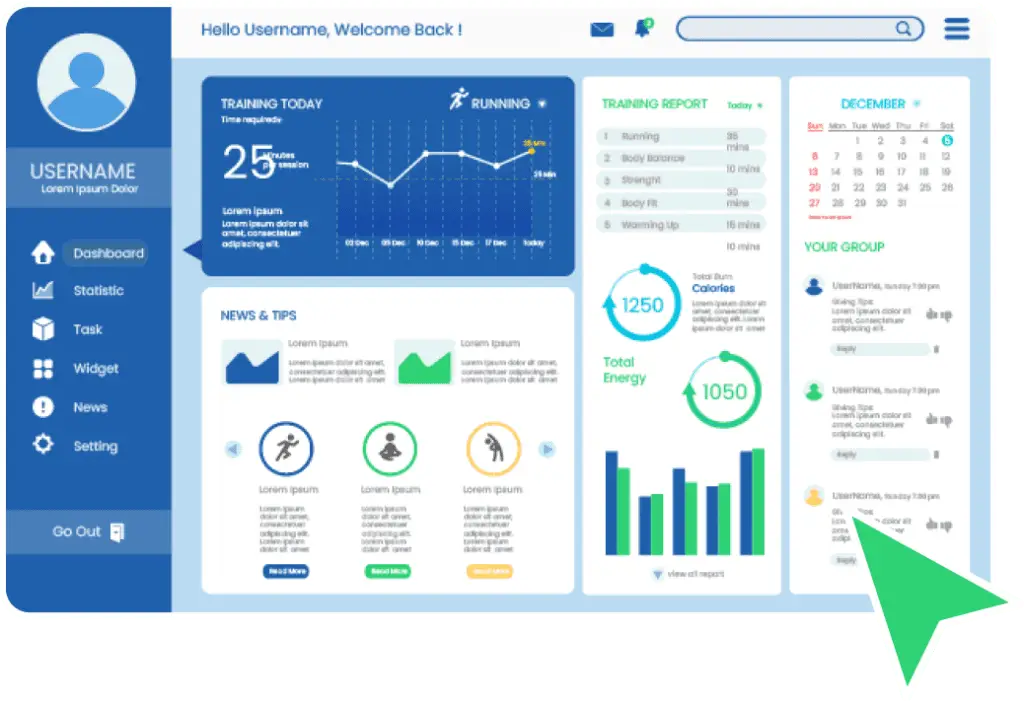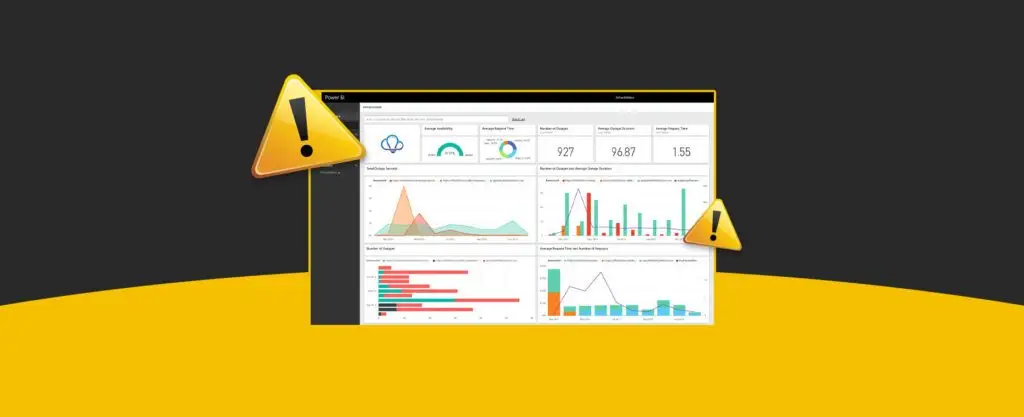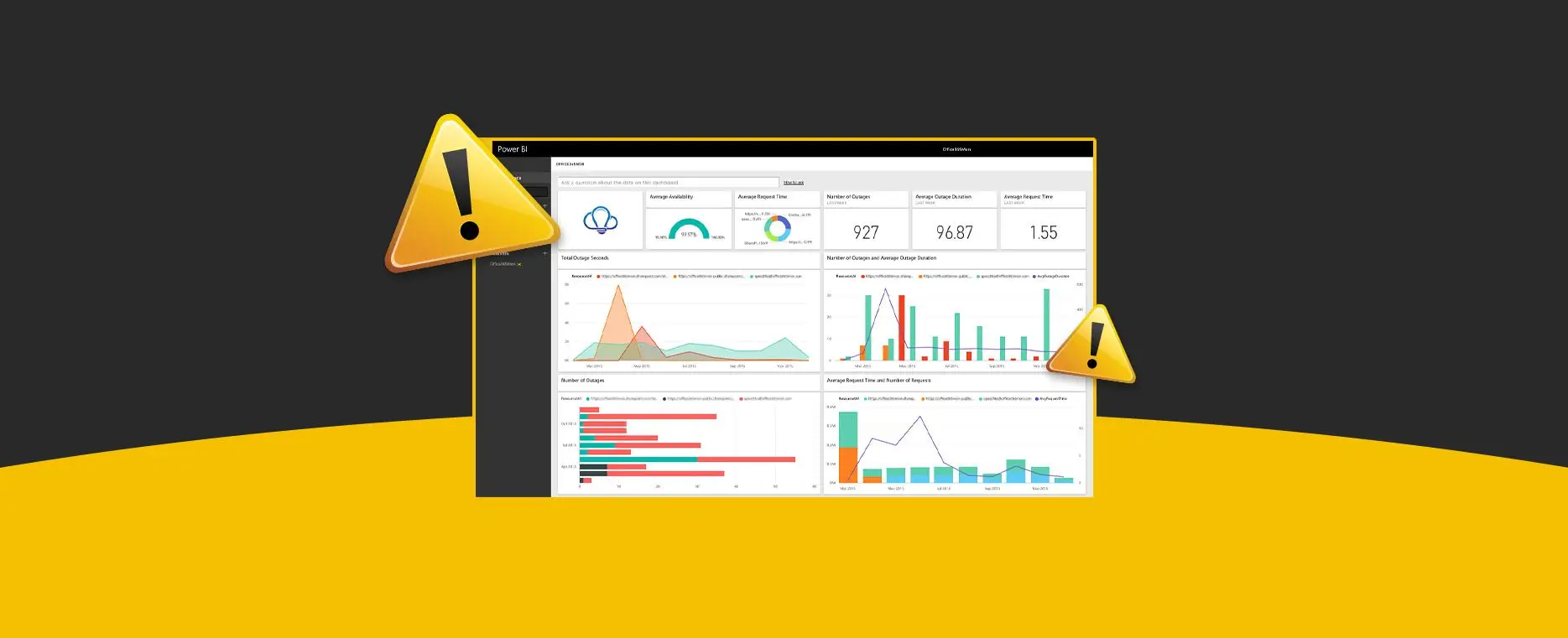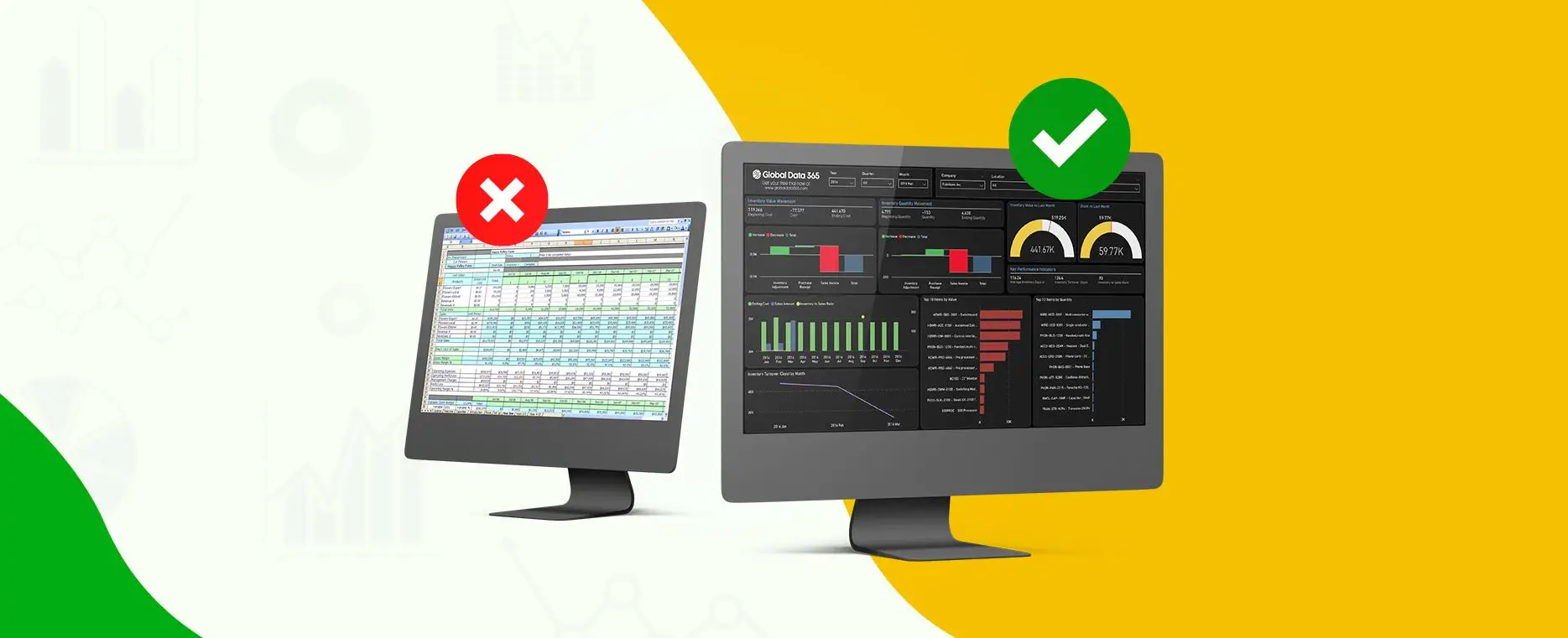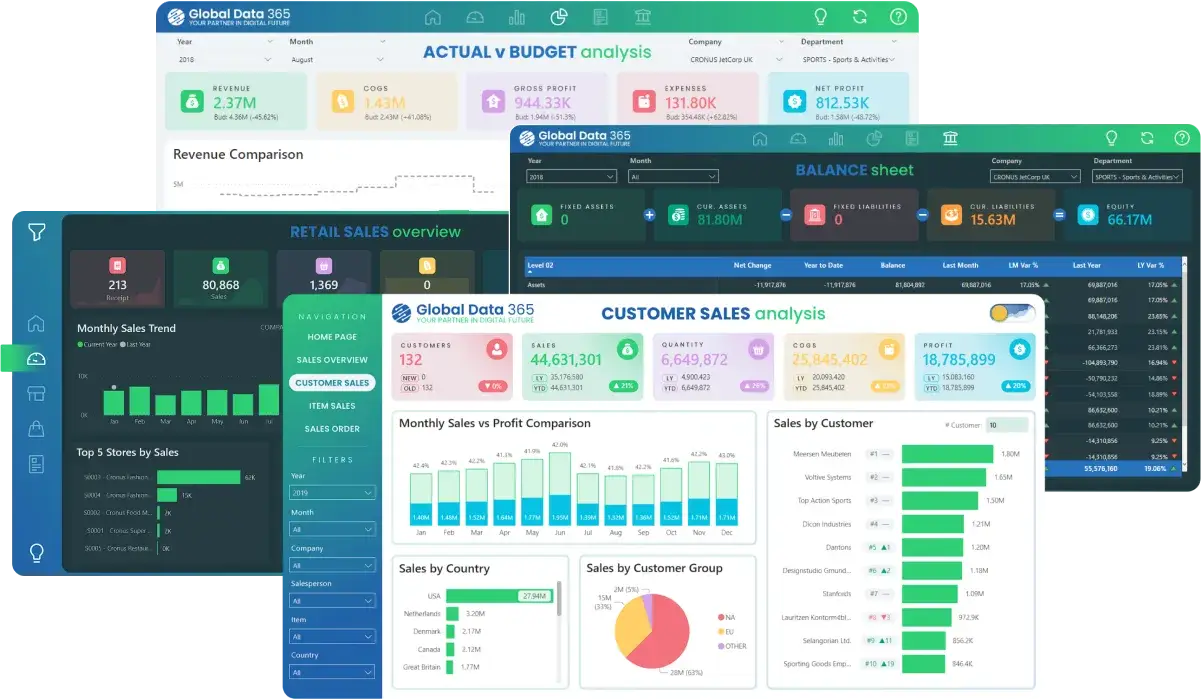Cash Flow Analysis with Microsoft BI

- Global Data 365
With the advancement in technology, it is more important than ever to understand how cash flow analysis will affect your company and how technology, such as business intelligence (BI), can help you keep track of your cash.
What is Cash Flow Analysis?
Financial reporting requires the use of cash flow analysis. You can tell where cash is produced and invested by looking at your company’s cash inflows and outflows over time so you can prepare accordingly. Controlling your cash will help your company not only stay afloat through difficult times but also open gates to new opportunities.
Have you had a profit or a loss? Cash flow is important at any point of a company’s development cycle, whether you’re a new start-up or an existing company. Anything you do requires money, from managing assets to hiring a new employee. To achieve security and consistency, you must have the right tools and structures in place at the right time to help you manage and predict your cash flow.
Different Approaches to Cash Flow Analysis
At the end of each quarter, most accounting teams are responsible for conducting a cash flow analysis to determine that all the company’s expenses are taken into account.
Free Cash Flow (FCF) is among the most valuable financial performance indicators. Experts look at FCF or operating cash flow minus capital expenditures to determine how much money a business has left over to broaden or return to shareholders. You have an issue if your expenditure exceeds your income.
A cash flow statement is a crucial tool for managing cash flow, and it contains data from operations, investing, and financing. A cash flow statement is traditionally created to use Excel-based manual data analysis. It can be difficult to combine data from your cash flow analysis, expected and real operating expenses, capital expenditures, accounts receivable/payable balances, and general ledger data. Excel costs time and money. Identifying the ramifications, many businesses have simplified manual accounting processes and adopted business management and intelligence technologies to better analyze and predict cash flow.
Cash Flow Analysis with BI
Companies have embraced business intelligence technology to change the way they handle their cash flow now that the platform is more available and affordable. Companies use business intelligence and analytics software to automate cash flow analysis and provide the tools they need to analyze data optimize cash flow analysis, and more.
Review the Jet Sample: Cash Flow Statement.
The best feature of business intelligence software is that it is designed to provide more precise financial statistics and, as a result, eliminate the guesswork from the cash flow analysis process. BI solutions provide managers with reports that are timely, reliable, and simple to use.
Here are a few examples of how BI is assisting companies all over the world in better managing their cash inflows and outflows.
- Intelligent Predictions
Financial predictions enable you to prepare for the allocation of resources and budgeting by providing a clear way to make strategic business decisions. Cash predictions can be generated automatically using BI software. Financial managers can remain updated with this ability, including advanced warnings of cash shortages or surpluses. This enables a business to respond rapidly to growth potential or to cut back when necessary.
- Data Management
Assembling data from various sources is the most time-consuming aspect of cash flow analysis by spreadsheet. You will get the figures you require in real-time using BI software that combines with your ERP and CRM solution. The cash flow analysis will provide more useful insights and up-to-date reports, allowing you to make fast, data-driven decisions.
- Manage Projects
Large projects may have a significant impact on cash flow. For cash flow development and proper development, financial managers need greater control of what goes in and what comes out, so the ability to analyse a project’s length, expenses, resources needed, and payment terms is critical.
- Plan Inventory
There are some costs involved with the inventory. It not only binds up cash in goods but getting too much inventory can also be harmful to your cash flow. You will make a decent source of supply and be more careful with inventory spending with BI tools. In the long run, BI will save you a lot of time and money by sales forecasting and intelligent reporting.
- Risk Management
Should you put money into a new venture? Should you temporarily reduce your spending? Risk management software such as BI software is a reliable tool. If you have a cash flow problem, if your prediction indicates that you may not have enough cash, a BI solution will enable you to perform a fast prediction and liquidity analysis to assist you in making the best decision possible.
BI Solution
BI tools help data-driven analysis and decision-making, which is just what you need to keep a tight grip on your cash flow. Although there are many BI solutions available today, particularly for Microsoft Dynamics users, there is no such thing as a “one-size-fits-all” solution.
We are here to assist you if you want to improve your financial statements and cash flow review. Contact us today!
Talk to our BI Experts!
Search Blog
Related Resources

Where BI fits into your Data Strategy?

Optimize Processes with Data Visualization

Everything You Need to Know About BI Dashboard
Interact Live with Dashboards
Increase efficiency and deliver success now with Microsoft Power BI. Enjoy a 20% discount on all Power BI services.
